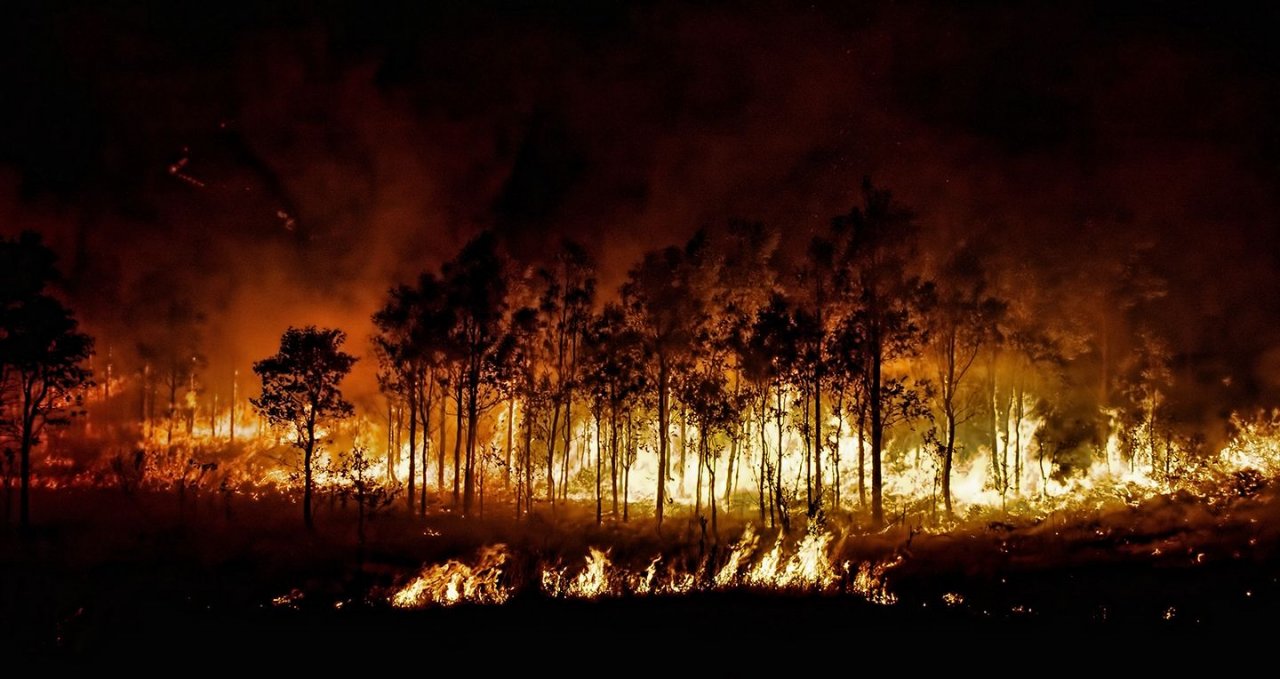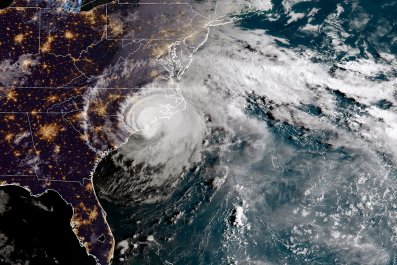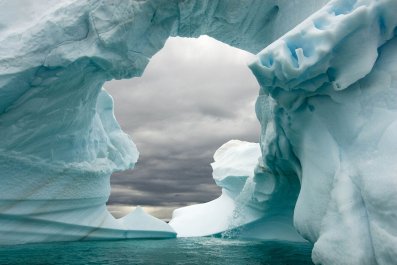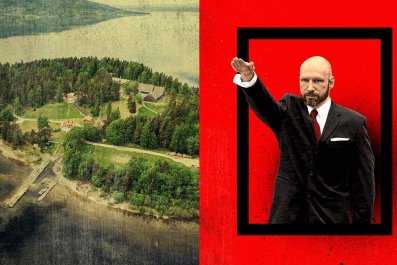
When Nathan Turner moved to Utah a few years ago from Pennsylvania, he imagined taking regular walks with his wife and two young sons under a clear, western sky. Then came the smoke. The air quality in Salt Lake City for the last few summers has been abysmal. In July, his 2-year-old son developed a cough so severe that Turner thought it was whooping cough. Now, he plans to move the family back to the East Coast by the end of the year. "Getting our kids away from that kind of pollution is really important," he says.
The western United States used to be known for its big landscapes and blue skies. This summer, wildfires in British Columbia and California have blanketed the northwest in smoke for weeks on end, causing unhealthy air conditions in states as far away as Nevada, Idaho, Wyoming and Utah. The pollution has far exceeded levels deemed safe by the U.S. Environmental Protection Agency.
For a few days in August, Washington state had the worst air quality conditions in the nation. Monitors on Cheeka Peak, in the northwest corner of the state, recorded 208 micrograms of soot per meter of air; anything over 36 micrograms is considered unsafe by the EPA. Atmospheric scientists called the reading "unprecedented." In Salt Lake City, far from the epicenter of fires in the northwest, air quality degraded over the course of the summer, with readings as high as 90 micrograms in early September.
All this soot is making people sick. Wildfire smoke has been linked to rises in the rates of asthma, heart attack and stroke, according to a study published earlier this year in the Journal of the American Heart Association. For those with pre-existing heart conditions, the risk of heart attack increases more than 40 percent when the air is dense with smoke. Ellie Brownstein, a Salt Lake–area pediatrician, who herself has asthma, has recently been pulling out her inhaler every few hours. Typically, she says, she needs it only when she's ill. She advises patients with asthma to run their air conditioning constantly in their homes to prevent symptoms.
Inhaling wildfire smoke can make healthy individuals sick, causing coughing, sore throat, chest pain and increased heart rate, according to the Centers for Disease Control and Prevention. Brownstein says she saw "a gamut" of kids with these symptoms in her clinic this summer—many of whom had no history of respiratory illness. Emergency departments across Washington state report a rise in smoke-related complaints since late August, says a spokesperson for the State Department of Health. "It's been a terrible summer," says Robert Paine, head of pulmonary care at the University of Utah Hospital in Salt Lake City. "I'm getting extensive reports of trouble breathing when smoke builds up. It's causing a lot of symptomatic problems for my patients with lung disease."
In the western U.S., wildfire smoke is now the single largest source of summertime pollution, according to Dan Jaffe, a professor of environmental chemistry at University of Washington Bothell. The health risks are lending urgency to calls for better management of forests. Current fire-prevention practices, which focus on avoiding wildfires altogether, have allowed undergrowth to build up, priming the landscape for massive, long-lasting fires that generate far more smoke than should occur naturally. If forest managers introduced smaller, more episodic fires, they might be able to prevent some of the big conflagrations.
"These fires need to burn; they're meant to burn," says Carol Ekarius, executive director of the Coalition for the Upper South Platte in Colorado. "The problem is, they're burning far outside the historic range of variability. If historically it would have burned a couple thousand acres, now it's 100,000 acres."
In areas where it's not feasible to conduct small, controlled burns, it may be necessary to thin the forests with machines. After weeks of coughing, Ekarius says she's now "an environmentalist who believes in chain saws."















